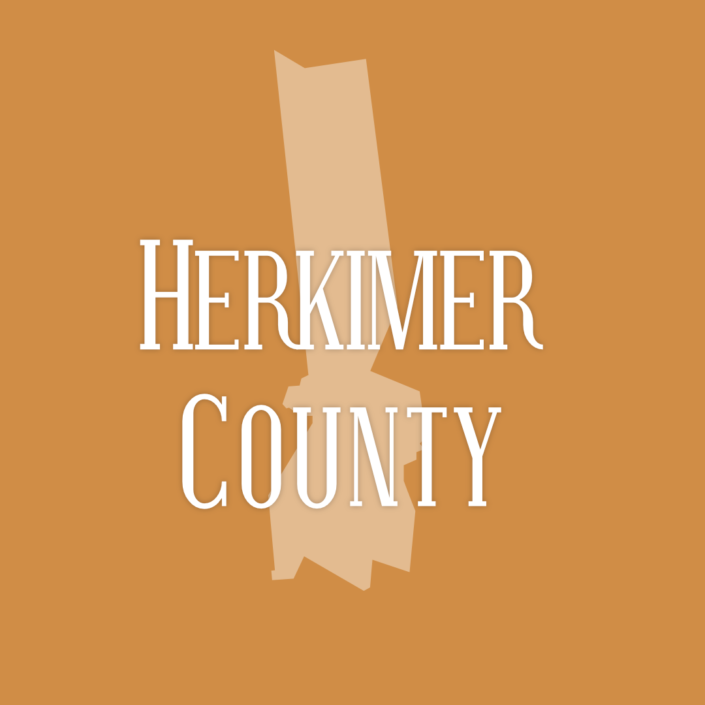Mission
Our goal is to preserve the architecture by giving new uses to the remaining buildings and to keep the history alive. Festivals held throughout the year bring in thousands of visitors over a weekend and it’s great. It’s almost like the good ‘ole days.
Expansion Project
The Sharon Historical Society is undergoing a new $650,000 museum project. This expansion will give us the much-needed space for new exhibits, meeting and educational classroom space, a year-round heated museum space, a local history library, gift shop, climate-controlled document storage, and access to mineral springs water through a fountain that will be located on the museum property.
To avoid the credit card processing fee of 2.9% and ensure that your full donation goes to the Sharon Historical Society, we prefer that you mail us your donation and a check. Please note on your check that the donation is for the Expansion Project. You can mail your donation to:
Sharon Historical Society
PO Box 363
Sharon Springs, NY 13459
If you would like to help us make this project possible, please click on the button below.
Sharon’s history is as rich as its diversity.
Explanations for why Sharon’s history progressed the way it has been are varied and difficult to interpret. However, as in many small towns in America, nostalgia for the past grows with every passing year, and every fallen shingle. The spa-atmosphere of mineral waters, hotels, and bathhouses, has brought international notoriety to Sharon for 200 years, first as a place to visit, and later as a place to remember.
The Town of Sharon (originally called New Dorlach) has lived with a dual identity for two centuries, home both to families with agricultural and rural roots and to visitors and proprietors with visions of resorts and spas. Its history is marked by attempts to economically link the rural to the urban. In the 1700s, early settlers desperately needed links to city markets to sell their foodstuffs and to buy luxuries…such as blankets, cookware, and if you were very rich, a clock, a mirror, and possibly some servants.
Sharon’s dual identity is also about ethnicity and social tradition. In the 18th Century, Yankee settlers, primarily of German and Dutch background, intermingled with Native American tribes. After the Revolutionary War, migrants from New England and the Middle Atlantic followed. As the spas began to prosper, an uneasy alliance was forged between local farmers, businesses, and summer visitors. By the early 1900s, Sharon’s indigenous Christian mix had become distanced from the summer clientele with the influx of European visitors, primarily from Judaic tradition.
Transportation, more than any other factor, directed Sharon’s economy through sickness and health.
Sharon’s architecture, economy, and social life were all profoundly affected by it. In the 1800s, two new turnpikes – Loonenberg which connected Sharon south to Athens on the Hudson River, and the Great Western which connected Sharon east to Albany – competed with an amazingly, technologically superior canal system. With the turnpikes and canals, New Dorlach’s residents were no longer solely dealing with small, local markets; their goods could now be transferred through middlemen to cities like New York. As farmers converted from subsistence farming to cash crops, such as wheat and hops, Sharon’s economic perspective began to change. Traveling on the turnpike also meant that road-weary travelers needed a place to eat and sleep, and numerous taverns accommodated the traveling public. Then about forty years after the Erie Canal opened, the Delaware and Hudson railroad opened a spur through Sharon, and the age of the spa was fully born.
Finance played a large part in Sharon’s early success. As long as most of Sharon’s hotel proprietors kept their primary residence and business in Sharon, the town enjoyed their continued interest in its welfare. The Gardners, owners of the Pavilion Hotel, were influential in Sharon’s social and religious circles. Other wealthy residents, such as the Clausens and Schaefers owned significant shares in the hop exchange that bought and sold farmers’ crops.
The resources that led to Sharon’s success also contributed to its demise.
The turnover of spa owners, owing to age, financial troubles, and a series of disastrous fires, meant that new proprietors were not as tied to the town, and their lack of consistent and continued support began to negatively affect the community. Other factors that led to an inevitable decline were of national scale. The hops market failed when Prohibition was introduced in the 1920s and the Bank Moratorium brought financial ruin to many local residents during the early years of the Depression. Passenger service on the D & H railroad ended in 1932, severing the artery which carried the lifeblood of the resorts.
Soon after Prohibition ended in 1934, and the Depression had ruined the finances of clientele, hotel owners and local residents once again, a new form of transportation, the automobile, transformed Sharon’s character. The automobile may have been the biggest factor that brought the glory days of Sharon to an end. Motor cars required wider, straighter roads. Route 20, formerly the Great Western Turnpike, was re-routed and widened in the 1930s. New types of accommodations, motels and motor courts, appeared along the new route. These establishments catered to the automobile culture, emphasizing independent travel and do-it-yourself convenience, a far cry from the all-inclusive services of hotels like the Pavilion and the Roseboro. The resorts and tourism industry in Sharon received a severe blow in 1954 when the New York State Thruway opened its new section from Utica to Newburgh.
Throughout Sharon’s history, the town has weathered many changes and seen many economic recessions and recoveries. We look ahead to the future knowing that our unique strength rests in our ability to maintain the integrity of our resources and our history.









